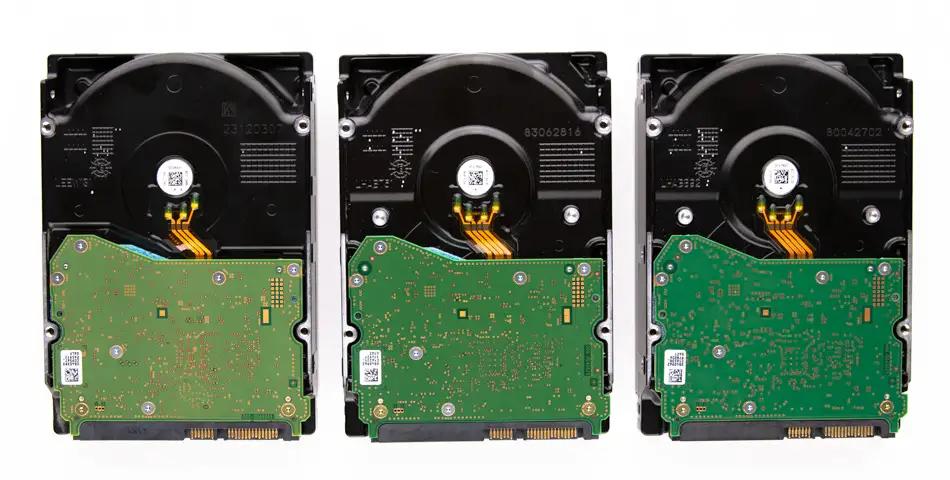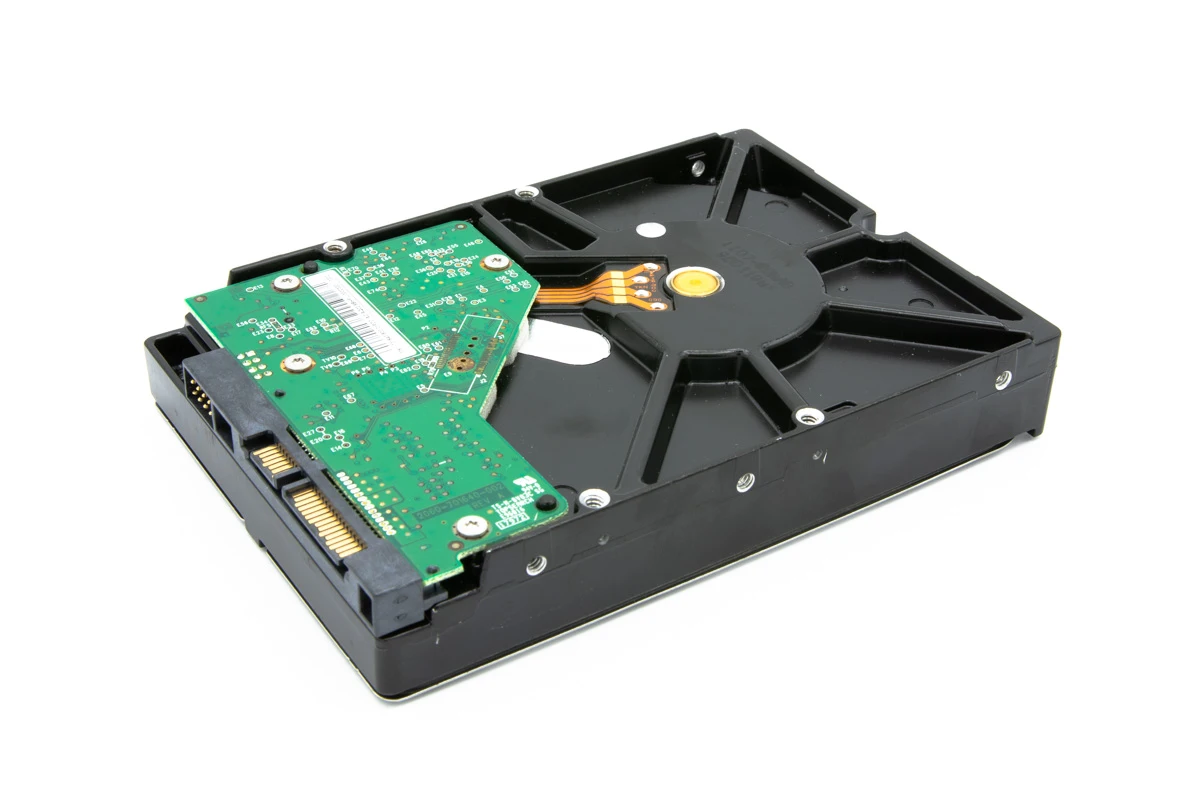File systems are integral to any computer or server, as they allow data to be stored, accessed, and managed efficiently. Two of the most popular file systems in the Linux world are BTRFS and EXT4. Both have unique features and benefits, and users often wonder which one is better for their needs.
In this blog, our team will take a closer look at BTRFS and EXT4, comparing their performance, speed, and other factors to determine the better choice.
BTRFS Overview
BTRFS (B-Tree File System) is a relatively new file system developed by Oracle Corporation. It is designed to address some of the limitations of traditional file systems, such as the inability to scale to large data sets, limited data protection and recovery options, and poor performance with multiple small files.
BTRFS is a copy-on-write (CoW) file system, meaning all file system changes are written to new locations instead of overwriting existing data. This helps prevent data corruption and makes it easier to recover from system failures.
BTRFS also includes several advanced features, such as snapshotting, RAID-like data redundancy, and data compression. These features make it an attractive option for systems with large amounts of data and high availability requirements.
EXT4 Overview
EXT4 (Fourth Extended File System) is an evolution of the EXT3 file system, which was itself an evolution of the EXT2 file system. It is considered one of the most widely used file systems in the Linux world and is the default file system for Linux systems.
EXT4 FS is a journaling file system, which means it keeps a log of all changes to the file system. This helps prevent data corruption during system crashes or power failures, as the journal can restore the file system to a consistent state.
EXT4 file system includes several features, such as support for file sizes up to 16 terabytes, delayed allocation of data blocks, and support for multiple block sizes. These features make it a good choice for systems with large amounts of data and high-performance requirements.
BTRFS vs EXT4 - Benchmark
To compare the performance of BTRFS and EXT4, we can run various benchmark tests on both file systems. The benchmark tests measure the file system’s performance in terms of read and write speed, random and sequential access, and other factors.
One of the most popular benchmark tests for file systems is the Phoronix Test Suite. The Phoronix Test Suite is an open-source benchmarking platform that can test a wide range of hardware and software components, including file systems.

In a recent Phoronix Test Suite benchmark test, EXT4 and BTRFS filesystems were tested on a system running Ubuntu Linux with an Intel Core i7-8700K CPU and an Intel NVMe SSD. The test measured the file systems’ performance in terms of read and write speed, random and sequential access, and other factors.
The benchmark test results showed that BTRFS had slightly lower read and write speeds than EXT4. BTRFS also had somewhat higher latency than EXT4, meaning that it took longer for files to be accessed on the file system.
However, BTRFS had significantly better performance with small files than EXT4. This is because BTRFS is optimized for handling small files, while EXT4 can struggle with multiple small files due to its delayed allocation of data blocks.
BTRFS vs EXT4 - Performance
While benchmark tests can give us a general idea of how BTRFS and EXT4 compare in terms of performance, it is important to keep in mind that real-world performance can vary depending on different features, such as the type of workload and the hardware configuration of the system.
In general, BTRFS is a better choice for systems with large amounts of data and high availability requirements. This is because BTRFS includes features such as snapshotting, RAID-like data redundancy, and data compression, which make it easier to manage large data sets and ensure data integrity.
On the other hand, EXT4 is a better choice for systems with high-performance requirements, as it has slightly faster read and write speeds and lower latency than BTRFS. EXT4 also supports multiple block sizes, which can be useful for optimizing performance with different types of data.
BTRFS vs EXT4 - Speed
When it comes to speed, both BTRFS and EXT4 are relatively fast file systems that can handle a wide range of workloads. However, as mentioned earlier, benchmark tests have shown that EXT4 generally has slightly faster read and write speeds than BTRFS.
In addition, EXT4 has lower latency than BTRFS, which means that files can be accessed more quickly on the file system. This can be important for systems with high-performance requirements, such as databases or web servers.
However, it is worth noting that BTRFS is optimized for handling small files and can have significantly better performance with small files than EXT4. This is because BTRFS does not suffer from the delayed allocation of data blocks that can cause performance issues with small files on EXT4.
EXT4 vs. BTRFS - Which File System to Choose?
In conclusion, BTRFS and EXT4 are both popular systems in the Linux operating system, and each has its unique features and benefits. While EXT4 generally has slightly faster read and write speeds and lower latency than BTRFS, BTRFS is a better choice for systems with large amounts of data and high availability requirements.

Ultimately, the choice between BTRFS and EXT4 will depend on your specific needs and the workload of your system. If you require low latency and high performance, EXT4 may be the better choice.
If you need advanced data management features and data protection options, BTRFS may be the better choice.
It is also worth noting that other file systems are available in the Linux world, such as ZFS and XFS, which may be better suited for certain workloads. Therefore, it is important to research and test different file systems to find the one that best meets your needs.
Frequently Asked Questions
What is EXT4?
EXT4 is the default file system for numerous Linux distributions. It is an improvement from its predecessor, EXT3, and features several significant advancements, including increased storage, provision for storage of large files, and better system performance.
What is BTRFS?
BTRFS is a newer file system that introduces advanced features like snapshotting, checksumming, and built-in RAID. These features make it suitable for systems that require high reliability and data integrity.
How do BTRFS and EXT4 differ?
While EXT4 is widely used and considered highly stable, BTRFS offers more advanced features, such as checksums for data and metadata, copy-on-write, and snapshotting.
Which is faster, BTRFS or EXT4?
In general, EXT4 performs better in terms of speed. While providing advanced features, BTRFS can be slower due to the overhead of these features.
Can I convert my existing EXT4 system to BTRFS?
Yes, BTRFS offers an ‘in place’ conversion option from EXT4. However, this should be done cautiously, ideally with a backup, as conversion can lead to data loss if not executed correctly.
